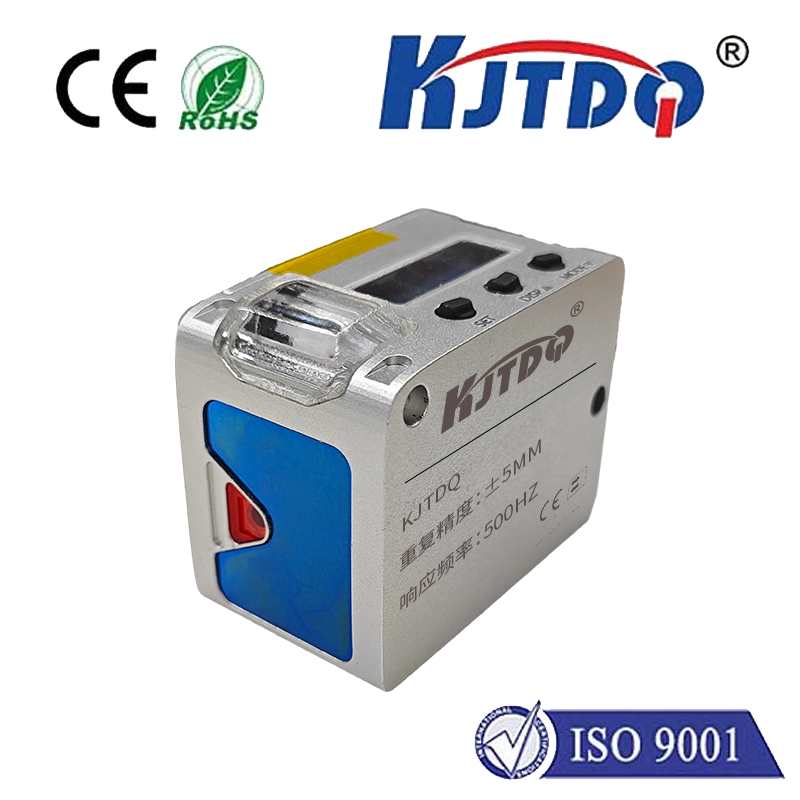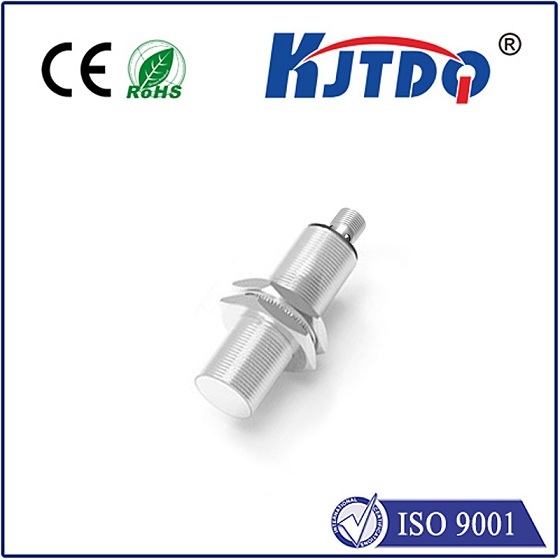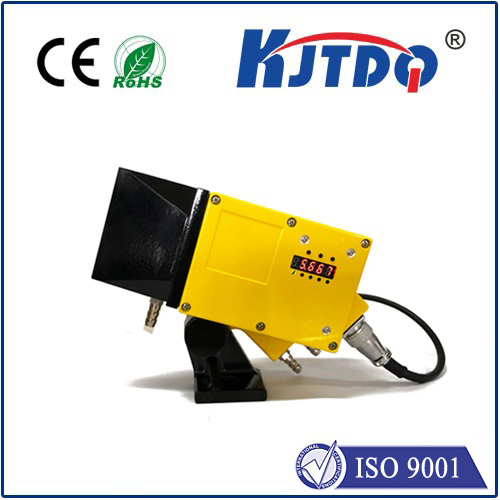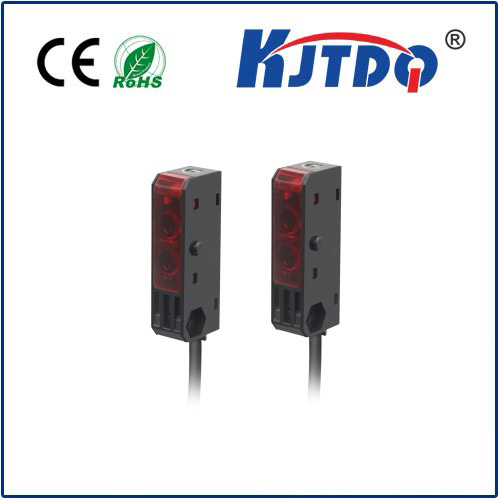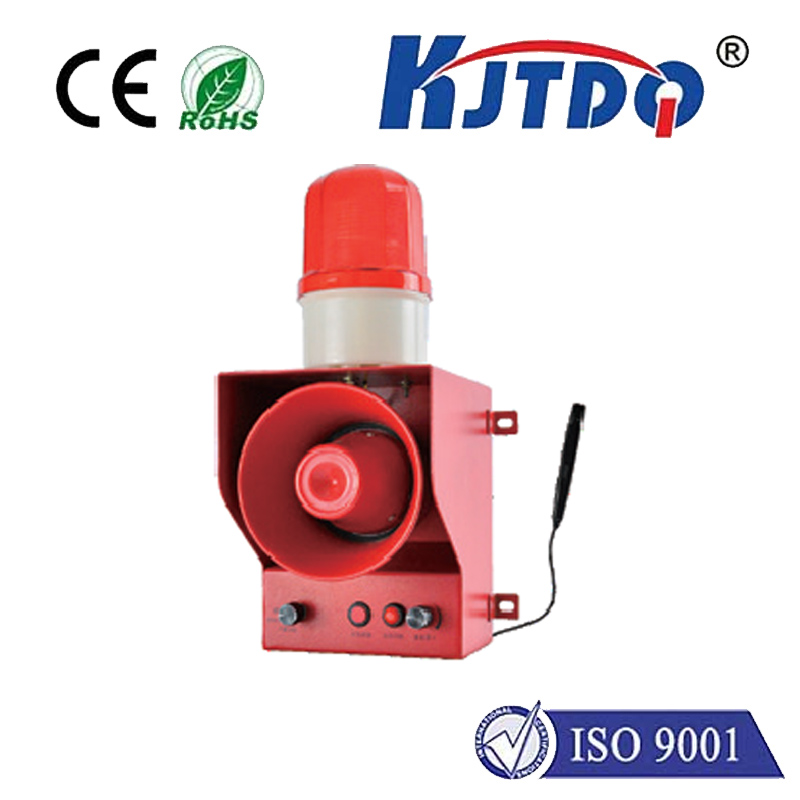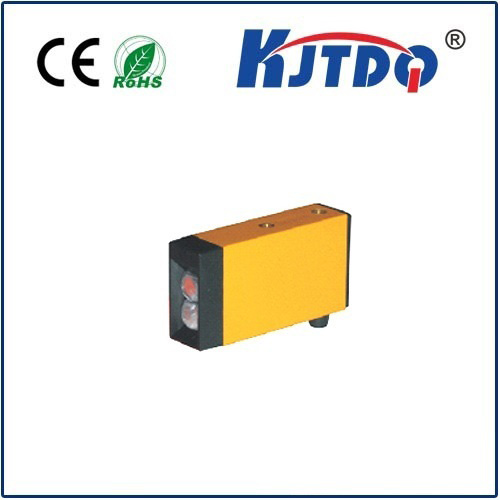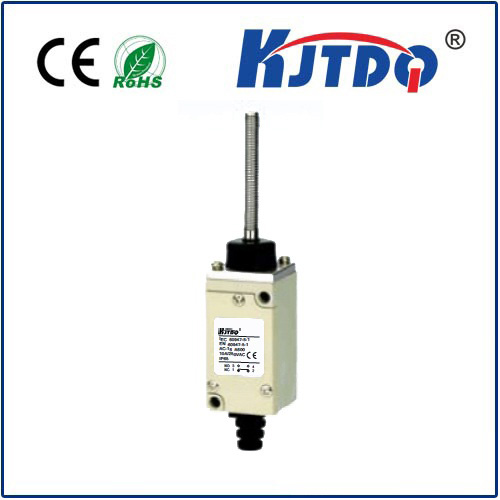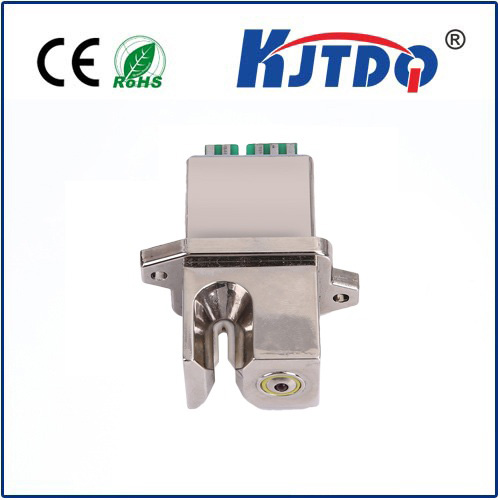laser proximity sensor
- time:2024-11-07 10:36:17
- Click:0

Title: Revolutionizing Precision with Laser Proximity Sensors
In the ever-evolving landscape of technology, laser proximity sensors have emerged as indispensable tools across a multitude of applications. These sophisticated devices harness the precision and versatility of laser technology to measure distances with unparalleled accuracy, making them essential in fields ranging from industrial automation to robotics and beyond. This article dives into the world of laser proximity sensors, exploring their functionality, benefits, and various applications.
Understanding Laser Proximity Sensors
At its core, a laser proximity sensor operates by emitting a focused beam of laser light towards an object or surface. The time it takes for the reflected light to return to the sensor is meticulously measured. By calculating this time delay, the sensor can determine the exact distance to the target with remarkable precision—often within micrometers. This non-contact method of measurement offers several advantages over traditional contact methods, including faster response times and reduced wear and tear on both the sensor and the target.
Key Benefits of Laser Proximity Sensors
- High Accuracy & Precision: Laser proximity sensors provide precise measurements over short and long distances, making them ideal for applications demanding tight tolerances.
- Non-Contact Measurement: Unlike contact-based sensors, lasers do not physically touch the target, eliminating wear and prolonging sensor lifespan while ensuring accurate readings even on delicate surfaces.
- Fast Response Time: The speed at which laser sensors operate allows for real-time monitoring and control, crucial in high-speed manufacturing processes and dynamic systems.
- Versatility & Adaptability: These sensors work effectively across various environments, be it dusty, humid, or under harsh lighting conditions, thanks to their advanced design and robust construction.
- Easy Integration: With digital output options like Ethernet, CANopen, and analog signals, integrating laser proximity sensors into existing systems is seamless, enhancing overall system capabilities.
Applications Across Industries
Laser proximity sensors find applications in numerous sectors due to their unique features:
- Industrial Automation: In conveyor belts and pick-and-place machines, they ensure precise object positioning and level control, optimizing efficiency and reducing errors.
- Robotics: For robotic arms and autonomous vehicles, these sensors aid in navigation, obstacle detection, and precise handling tasks, enhancing safety and performance.
- Automotive Industry: Laser sensors are used for tire pressure monitoring, adaptive cruise control, and collision avoidance systems, contributing to vehicle safety and comfort.
- Aerospace & Defense: They play vital roles in aircraft landing gear position sensing, drone flight control, and missile guidance systems, ensuring operational reliability.
- Medical Field: In surgical instruments and patient monitoring systems, laser proximity sensors facilitate non-invasive measurements, enhancing patient care.
Conclusion
The advent of laser proximity sensors signifies a leap forward in precision measurement technology. Their ability to deliver accurate, non-contact distance readings has transformed industries, enabling more efficient automation, enhanced safety protocols, and innovative solutions. As advancements continue, we can expect even greater integration of these sensors into our daily lives, pushing the boundaries of what’s possible in technology-driven environments. Whether it’s improving manufacturing processes or revolutionizing healthcare, laser proximity sensors are at the forefront of technological progress, illuminating the path towards a smarter, more connected future.





